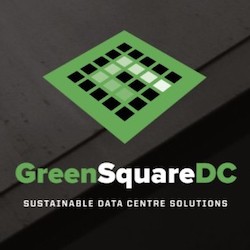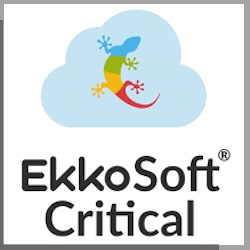Why is IT sustainability important? Consider these metrics:
- Between 2010 and 2018, data center capacity increased 26 times worldwide, while compute instances increased 6.5 times.
- Data center energy consumption in 2021 was 220–320 terawatt-hours (TWh), or around 0.9–1.3% of global final electricity demand, while data transmission networks consumed 260–340 TWh, or 1.1–1.4% of global electricity use.
- In 2019, the world generated 53.6 million metric tons of e-waste — everything from discarded mobile phones to laptops, monitors, devices, and IT hardware.
Additionally, every organization in every sector must prioritize actions in IT to reduce their scope 2 emissions from energy consumption and scope 3 indirect emissions that come from, among other places, the supply chain.
The IT leader has a critical role to play in the corporate sustainability agenda, including decisions about the data center, cloud adoption, enterprise architecture sustainability, end-user-device decarbonization, choosing services, and choosing the right environmental monitoring software.
To understand the current actions that IT leaders are taking, Forrester surveyed 397 sustainability and technology decision-makers and influencers in enterprises across three regions: North America, Europe (France, Germany, the Netherlands, and the UK), and APAC (Australia, China, India, and Singapore). The survey covered manufacturing (industrial products, chemicals); energy (oil and gas, utilities); retail; technology (IT consulting and outsourcing, high-tech manufacturing products, software consulting and outsourcing); and financial services (including insurance) industries.
Using this data in our report, The State Of IT Environmental Sustainability, 2023, we explain the state of IT environmental sustainability, including reporting frameworks and drivers, leadership, budgets, and carbon footprint.
We also highlight what sustainability decision-makers believe to be the most effective actions and services provider relationships. For example, globally, regulatory requirements is the highest driver to report on environmental sustainability metrics (global, 48%; NA, 49%; Europe, 48%; and APAC, 48%). Surprisingly high was also customer sentiment/perception to the brand: for NA at 43% but not shared by either Europe (29%) or APAC (24%).
Technology and sustainability leaders can use the insights in this report to benchmark their own state of IT environmental sustainability, evaluate priorities and relationships with sustainability services providers, and improve their vendor procurement decisions that impact their environmental footprint.
Have more questions? Schedule an inquiry with us here.
By Abhijit Sunil (pictured, top of page), senior analyst; Jan Sythoff, senior TEI consultant; and Diane Deng, Consultant of Forrester. Read all Forrester blogs focused on climate action and IT sustainability here.




